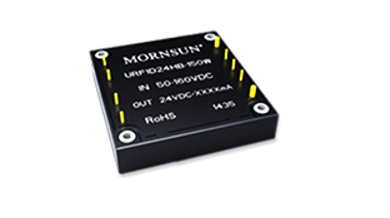DESIGN CONSIDERATIONS AND EXAMPLES OF VIRTUAL PRIVATE NETWORKS

Considerations When Choosing a Virtual Private Networks Approach
Establishing a set of goals and establishing a plan to meet them is critical to success in most human endeavors, and virtual private networking is no exception. The steps here are similar to that of any large-scale project. First, researching requirements, drivers, and needs is necessary to establish goals. Next, developing several candidate designs and analyzing them in the harsh light of commercial business reality is a crucial step. A VPN may not be right for the enterprise under consideration at this time, and timing is important.
Finally, a decision to implement a new type of VPN or to migrate existing private network applications to a VPN, is but the first step of many. Detailed planning and a well thought out migration strategy are essential for an enterprise to achieve its goals identified in the first step above.
Determining the performance required by applications is also important. Consider what would happen if a site were disconnected for a long period of time. Assess what the impact of network congestion would be. Discriminate between what would be nice to have and what is absolutely necessary in the way of performance—this can make quite a difference in qualifying network designs and their eventual cost.
Example of Deployment of a Customer-Edge-Based Virtual Private Networks in E-commerce
Unless your enterprise is the first to try a new technology, protocol, or architecture, there will likely be case studies available for review. A frequently documented extranet case study is the Automotive Network exchange. This extranet VPN involves a few large enterprises (automotive manufacturers) and a significant number of small-to-medium-size enterprises (their suppliers).
Initiated by the Automotive Industry Action Group (AIAG) in 1994, the IPsec-based ANX network had Chrysler, Ford, and General Motors as the founding network participants. These companies and other major automotive manufacturers utilize parts and services from a large number of common original equipment manufacturers, such as Bosch, Delta, Fisher, ITT, and TRW. Following the completion of successful trials in 1997 and 1998, ANX launched production in November 1998. By the end of 1999, ANX had nearly 500 registered trading partners.
As an example of a quantifiable goal achievable by an extranet, the AIAG estimates that a collaborative planning, forecasting, and replacement tool running over the ANX network may save up to $1,200 per vehicle. This savings results from a reduction of the delivery cycle of parts and supplies and the associated inventory levels.
Discover the essence of crafting captivating magazine content, delving into the art of storytelling and visual aesthetics. Uncover the secrets to engaging readers through compelling narratives and striking imagery, elevating the impact of each page turn. Master the intricacies of magazine creation to resonate with diverse audiences and leave a lasting impression.
Last word
The ANX architecture is based upon a set of interconnected certified service providers (CSPs), certified exchange point operators (CEPOs), and certificate authority service providers to which ANX trading partners subscribe. Telcordia (formerly Bellcore) has been chosen as the ANX overseer, which awards certification to CSPs and CEPOs.
The ANX service quality certification categories are network service features, interoperability, performance, reliability, business continuity and disaster recovery, security, customer care, and trouble handling. ANX has also specified that the International Computer Security Association (ICSA) will certify whether equipment is IPsec compliant.




